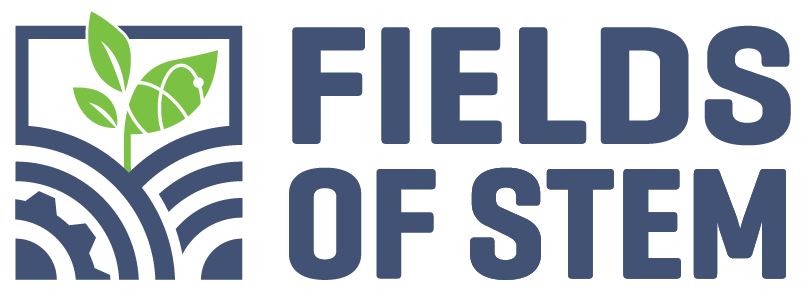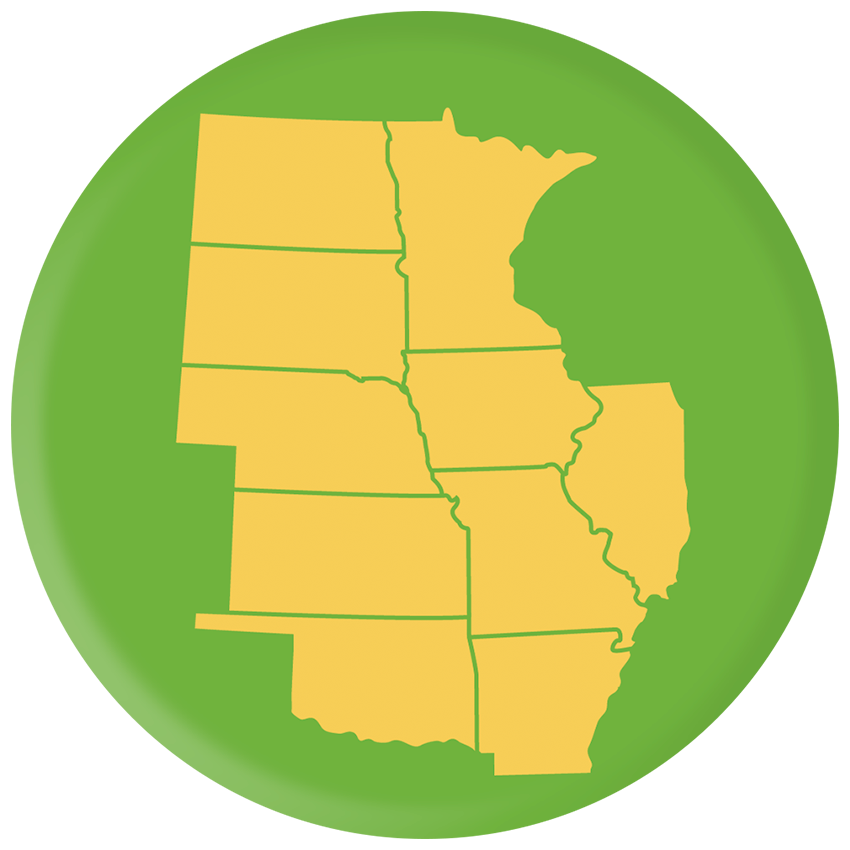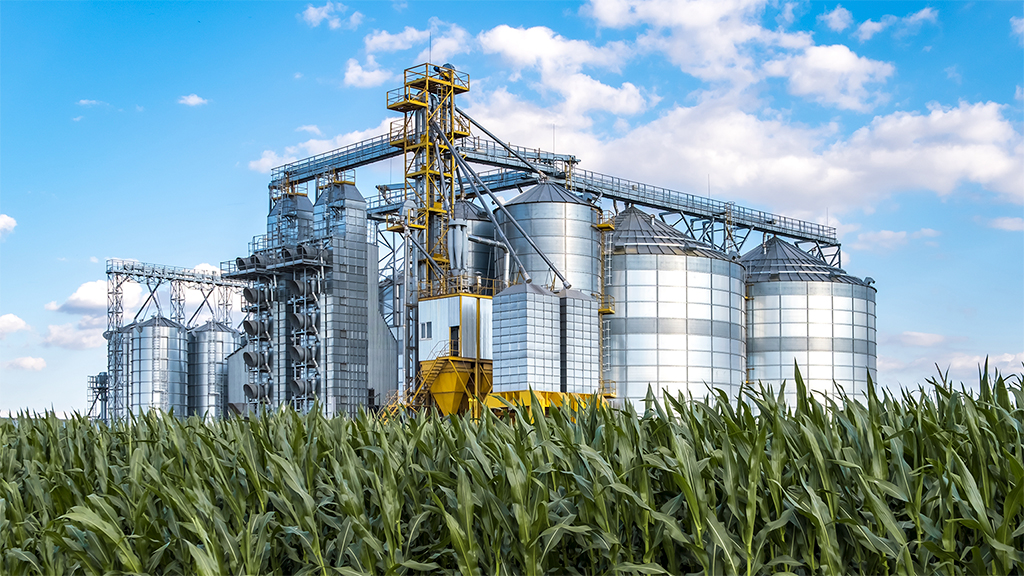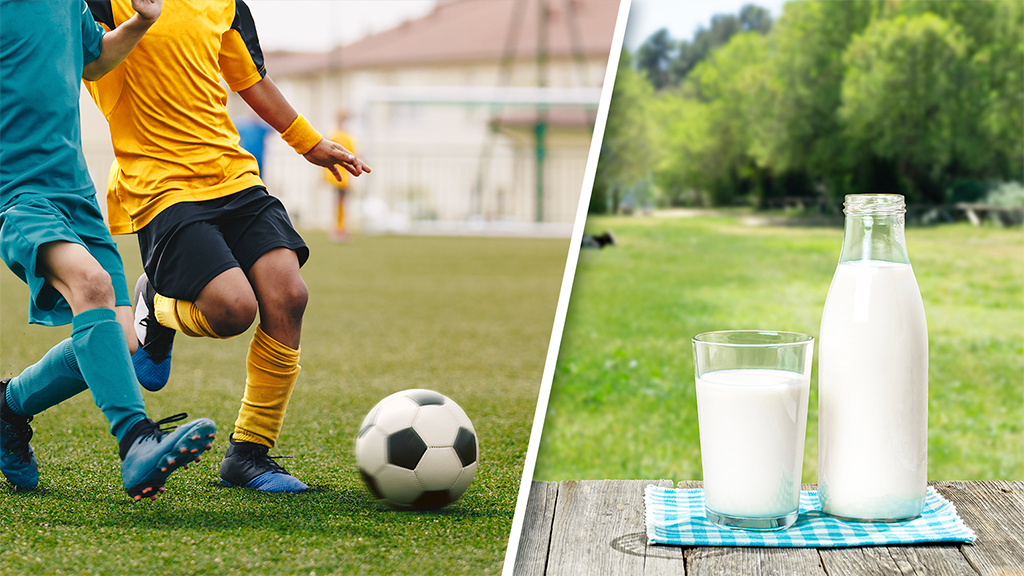Media Mayhem: What are the impacts of food production on earth’s systems?
In this high school 5E unit, students critically evaluate conflicting media claims about the environmental impact of the dairy industry. Throughout the four modules, they explore how parts of the dairy system contribute to pollution, greenhouse gas emissions, and biodiversity. Then they apply the engineering design process to propose solutions for a more sustainable dairy system. This unit engages students in real-world problem-solving through systems thinking, data analysis and modeling. The unit culminates with students evaluating and presenting design solutions to reduce the environmental impact of dairy production.









